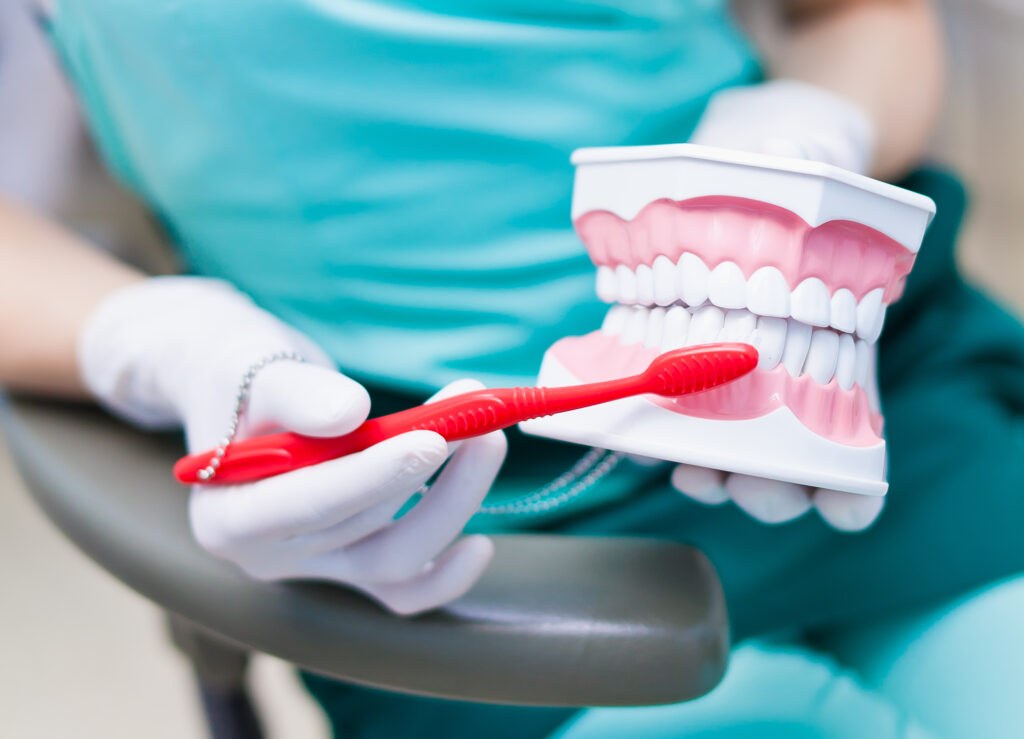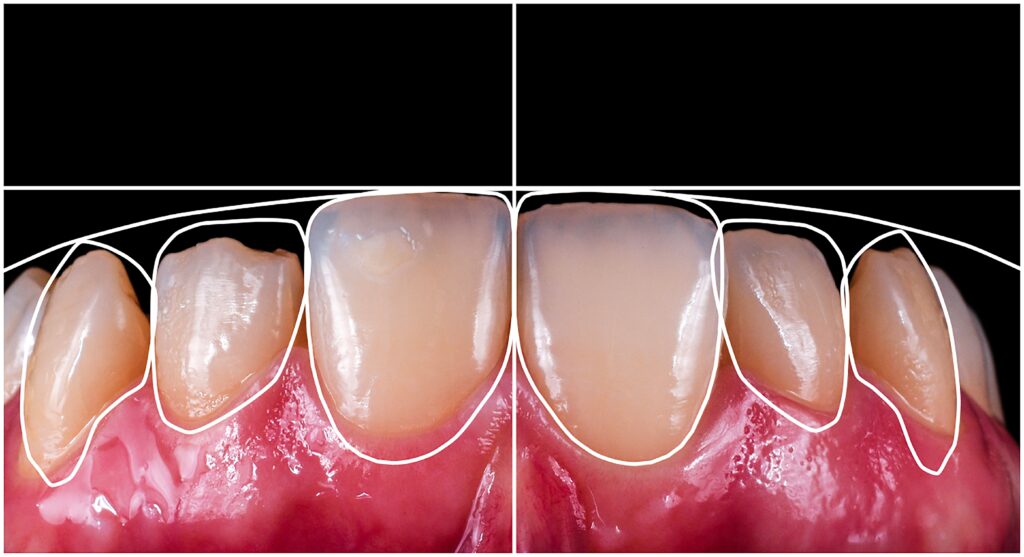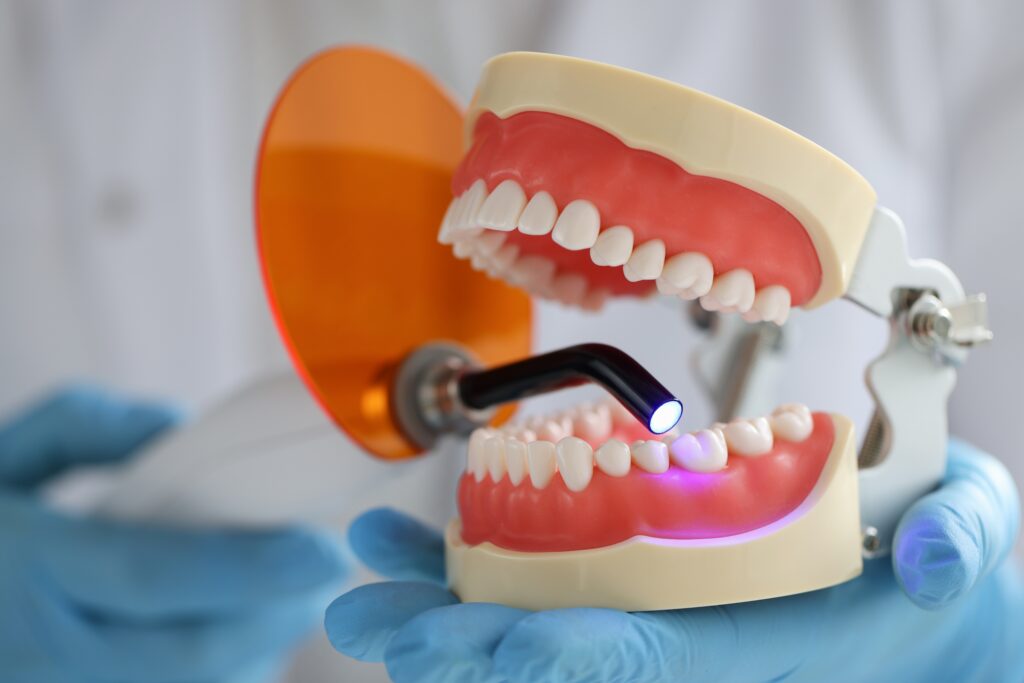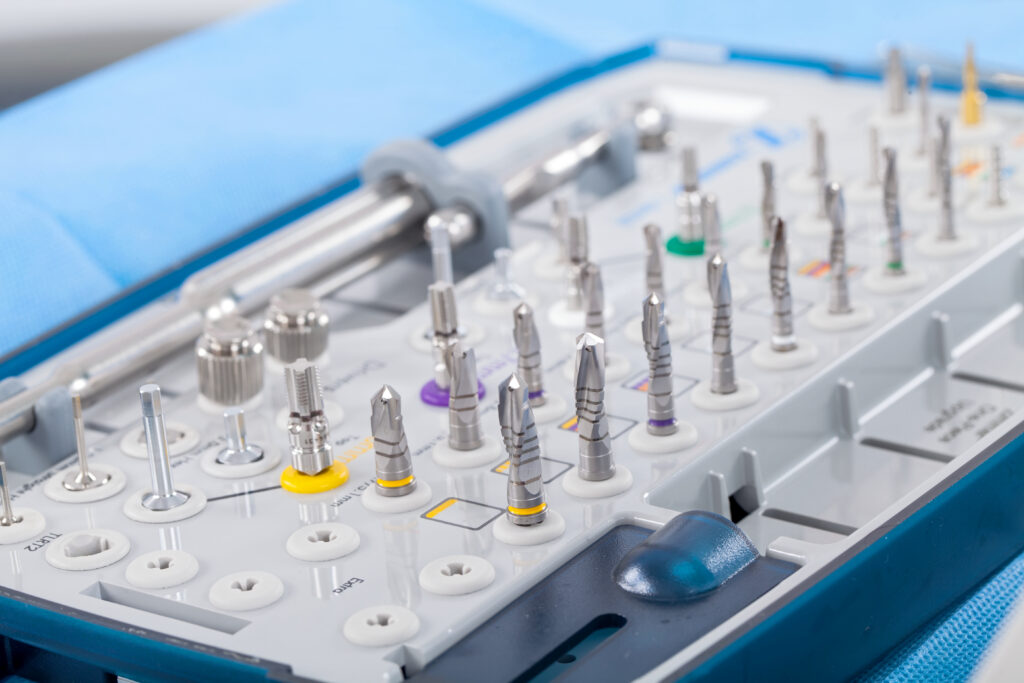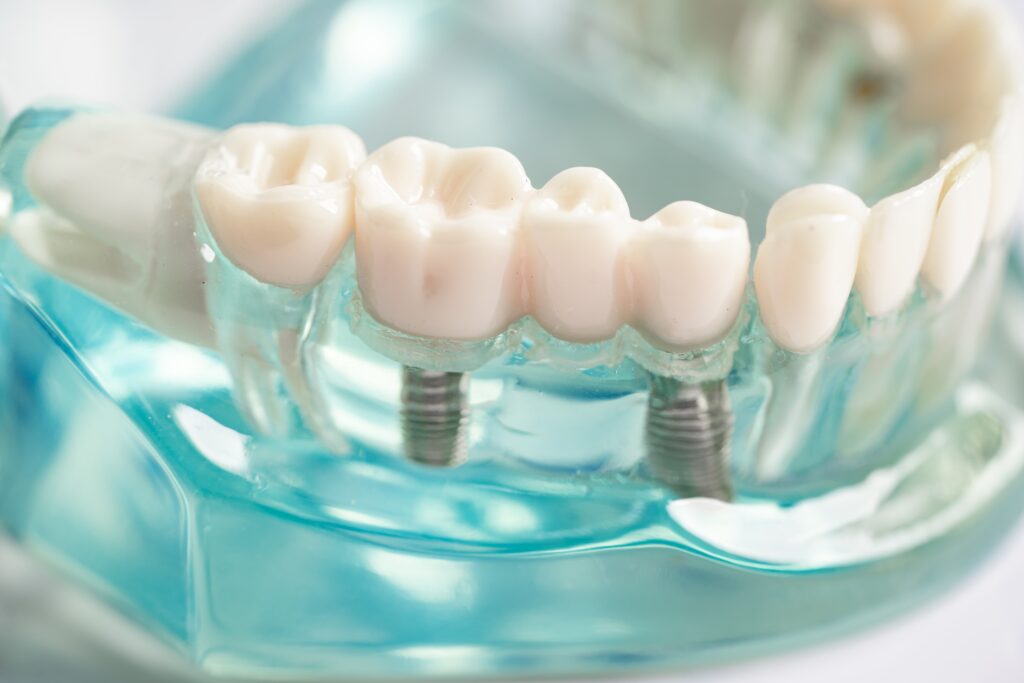Surgical Treatments
TREATMENTS
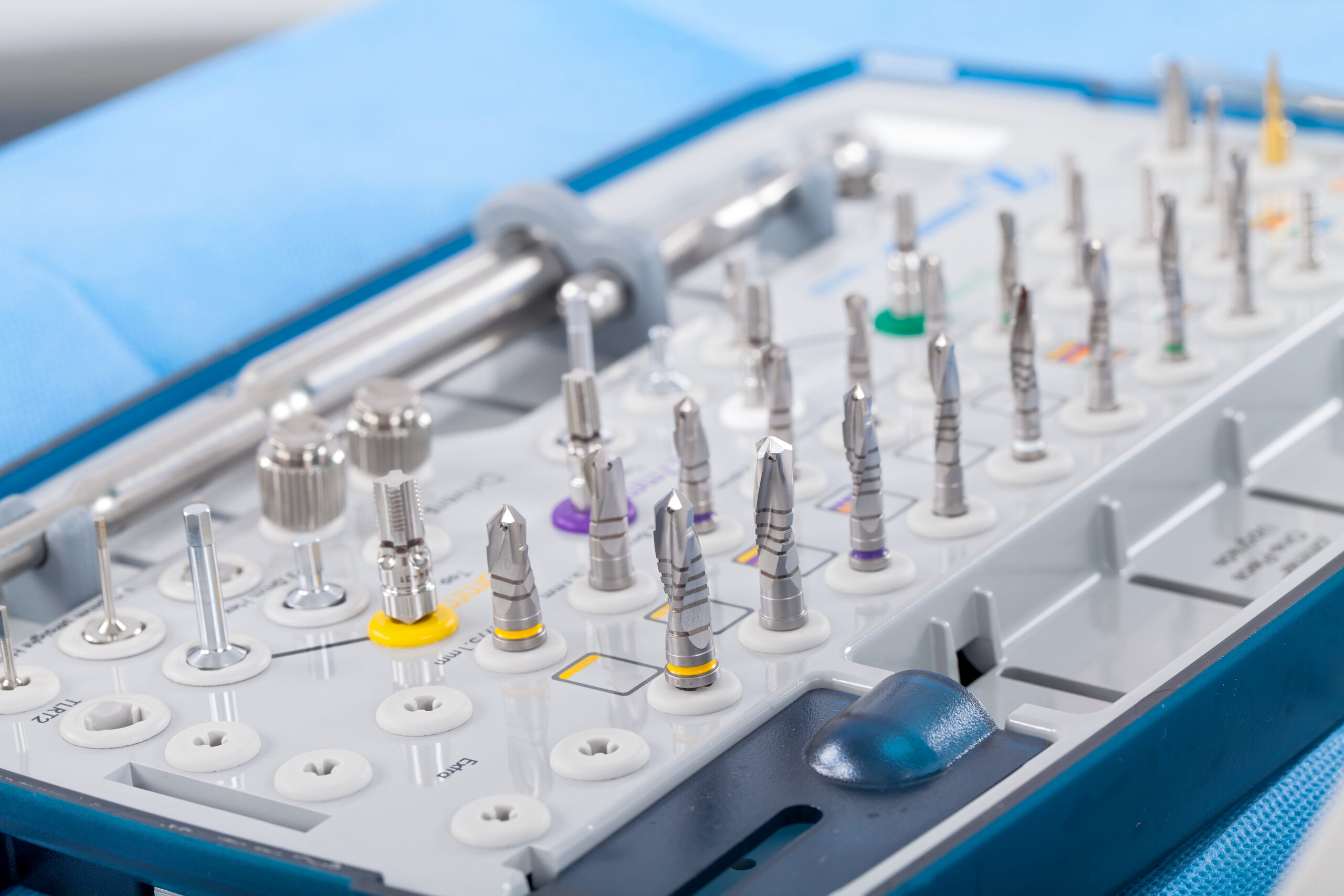
Surgical treatments include surgical interventions for a variety of tooth, tooth-supporting tissue and jawbone problems, including tooth extraction, dental implant placement and gum surgery. These treatments can be performed by specialists such as dentists, oral and maxillofacial surgeons, periodontologists or prosthodontists, depending on the complexity of the procedure and the specific needs of the patient.
Here are some common types of dental surgery treatments:
1. Tooth Extraction: Tooth extraction involves the removal of one or more teeth from the mouth due to severe decay, advanced periodontal disease, impacted or excessive crowding. Simple extractions involve removing teeth that are visible above the gum line, while surgical extractions may be required for impacted or broken teeth that are not easily accessible.
2. Placement of the Dental Implant: Dental implants are titanium screws that are surgically inserted into the jawbone to serve as artificial tooth roots for attaching crowns, bridges or dentures. Implant placement surgery involves making an incision in the gum tissue, drilling a hole in the jawbone and carefully placing the implant in place. After the healing process, a prosthetic tooth is placed over the implant.
3. Gum Surgery: Gum surgery, also known as periodontal surgery, can be performed to treat advanced gum disease, correct gum recession or improve the appearance of gums. Procedures such as gum flap surgery, gum grafting and crown lengthening can be used to remove diseased tissue, repair damaged gums or reshape the gum line.
4. Sinus Lift Surgery: Sinus lift surgery, also known as a sinus lift, is a procedure to increase the amount of bone in the upper jaw to support dental implants. It involves lifting the sinus membrane to stimulate new bone growth and placing bone graft material into the space created between the sinus and the jawbone.
5. Pre-Prosthetic Surgery: Pre-prosthetic surgery may be necessary to prepare the mouth for the placement of dental prostheses such as dentures or dental implants. This may include procedures to remove excess bone or soft tissue, reshape the jawbone, or improve the fit and stability of prosthetic devices.
These are just a few of the dental surgery treatments that aim to address a wide range of dental problems and improve oral health, function and aesthetics. Before undergoing any dental surgery procedure, patients should undergo a thorough evaluation, including dental X-rays, by the treating dentist to determine the best treatment plan for their needs.
